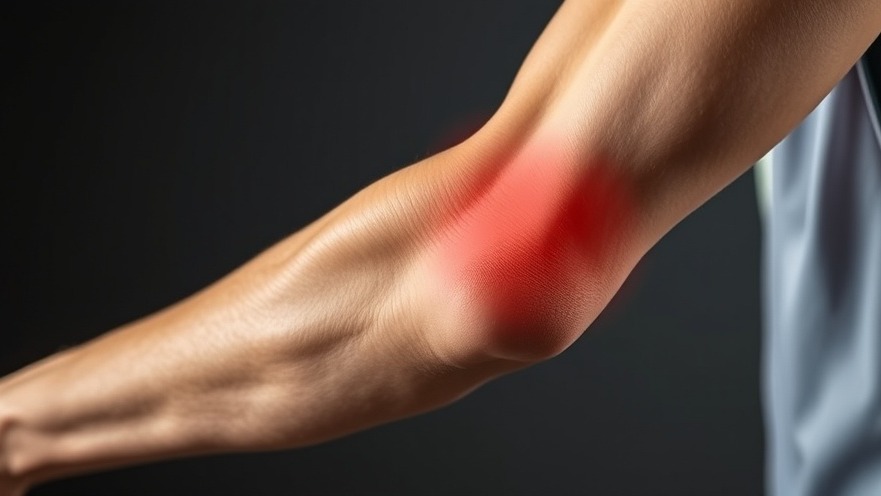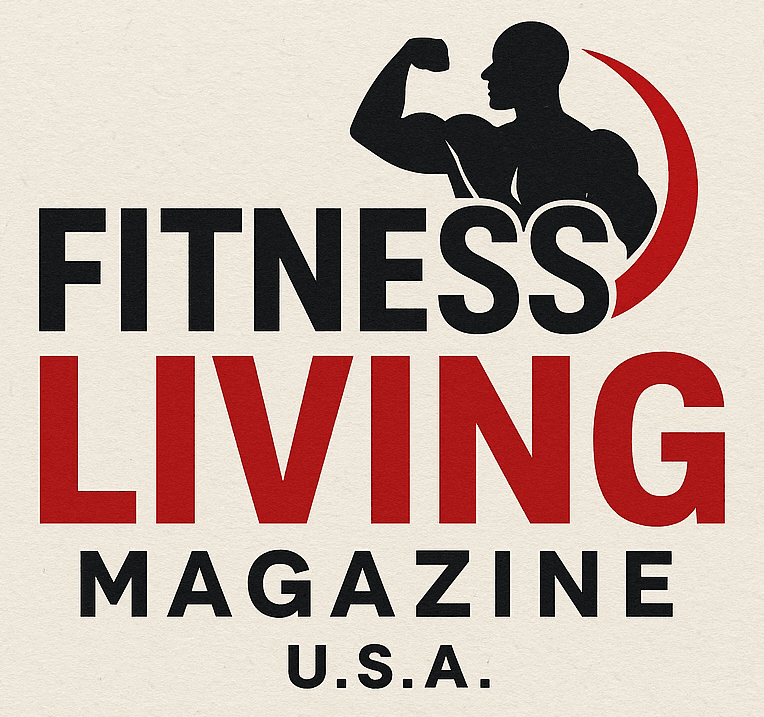
A Comprehensive Guide to Tennis Elbow: Understanding and Prevention
Tennis elbow, known medically as lateral epicondylitis, is often mistaken as a mere sports-related affliction. However, it affects individuals across various occupations—from keyboard warriors to weekend gardeners. Essentially, this condition arises when the tendons in your forearm suffer from repetitive strain, leading to pain, irritation, and decreased grip strength. Knowledge of this condition is essential for anyone looking to maintain optimal arm health and mobility.
Why Prevention Is Key
Tennis elbow isn't limited to just athletes; it's a condition that can develop from any repetitive motion involving the arm. The American Academy of Orthopaedic Surgeons notes that activities such as using a screwdriver, typing, or even heavy lifting can contribute to the onset of this painful condition. Recognizing your risk factors and taking preventive measures can save you from protracted recovery periods. As Dr. Aaron Daluiski, an orthopedic surgeon, points out, “Most patients suffering from tennis elbow don’t even play tennis.”
Early Warning Signs You Shouldn’t Ignore
If you start noticing early symptoms of tennis elbow, you might feel a dull ache that exacerbates during specific movements. Signs to watch for include:
Persistent pain that worsens with wrist movement.
Stiffness or weakness in the arm, making it difficult to shake hands or grip objects.
Tenderness around the outer elbow, especially after extended use.
It's crucial to take these signs seriously—ignoring them can lead to long-term damage.
Effective Ways to Prevent Tennis Elbow
Fortunately, there are proactive steps to minimize your risk of developing tennis elbow:
Engage Proper Grip Techniques: Whether lifting weights or holding a mouse, ensure that you are not gripping excessively. A lighter grip can alleviate undue stress on your tendons.
Integrate Strength Training: Building up your forearm strength can significantly help prevent this condition. Exercises focusing on wrist curls and grip strength are particularly effective.
Take Regular Breaks: For those who engage in repetitive tasks, incorporating short breaks every hour can drastically reduce strain.
Recognizing Treatment Options
If you do find yourself suffering from tennis elbow, various treatment options exist:
R.I.C.E. Method: Rest, ice, compression, and elevation can significantly reduce swelling and promote healing.
Physical Therapy: Tailored exercises from a trained therapist can aid recovery and help prevent future flare-ups.
Consult a Specialist: In more severe cases where pain persists, it may be beneficial to consult an orthopedic specialist for potential surgical options.
Conclusion
Fostering an understanding of tennis elbow, its symptoms, and prevention can dramatically enhance the quality of life for those affected. With proper precautions and knowledge, you can continue to enjoy the activities you love while keeping discomfort at bay. Remember, a proactive approach to arm health not only helps you avoid injuries but also contributes to a more active, fulfilled lifestyle.
 Add Row
Add Row  Add
Add 



Write A Comment